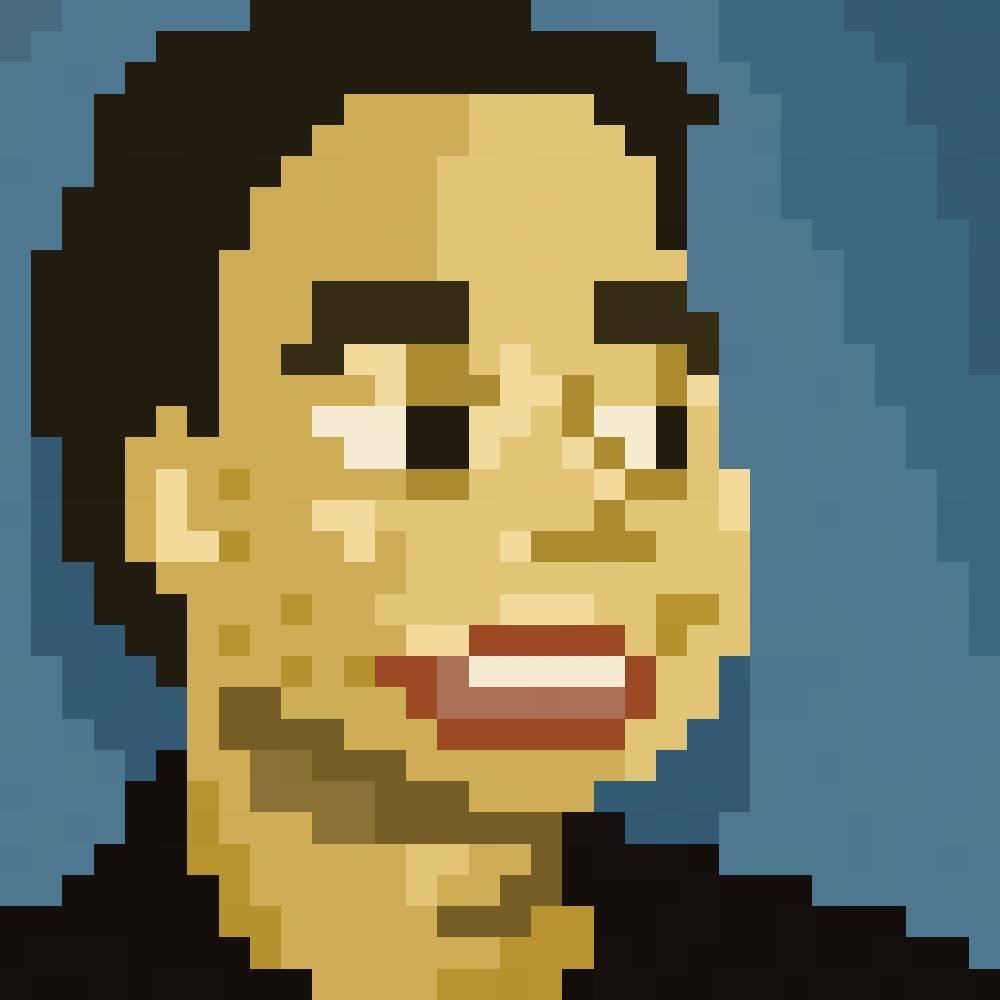Warning: racism will be openly discussed in this post.
In a podcast I was in earlier, there was a mention of black face appearing in the Dragon Ball Z anime, which the US localization team did their best to cover. The brief discussion about it being racist left me with mixed feelings, so I wanted to address some thoughts that propped from that moment. In short, I have a theory that many racist undertones from Japanese media are not a result of racist intent, but rather, consumption of racist foreign media from a clueless audience. And to be honest, that’s a rather tragic way of revisiting an old problem.
When it comes to the US, topics about slavery and segregation in our local history comes up starting around middle school, and most teachers emphasize how horrible they were, and how they still affect us today. In comparison, at least up to middle school level I was educated in, Japan doesn’t even talk about slavery in their local history (despite the fact that they obviously existed there), let alone anything related to the African continent. On top of this, Japan is an infamously homogeneous population, with 98.5% reported as ethnically Japanese as of 2011. To them, the racism against blacks might as well not exist: they lived through a completely different history that didn’t involve enslaving blacks, and since their country’s black population is so tiny, most citizens haven’t encountered a black person either.
So if a Japanese medium depicts a black face with no knowledge of historical context, and thus, no ill will, that’s not racist, no? While I do believe that the creators probably intended to create a cool looking character, it also tells me they’re depicting the worst kind of racism: one born from ignorance. Unlike what most “Japanese people are really patriotic” comments like you to believe, Japan does consume foreign media, and even crave it. Many manga artists, including father of anime, Osamu Tezuka are well-known to be inspired by American comics and films, especially Disney and Looney Toons. It doesn’t take a genius to figure out that any black face and other racial stereotypes are directly inspired by racist comics and films from the USA. And these stereotypes trickle down into their daily lives: since their presence in Japan is so small and thus, they have no real-life examples to go by, when a Japanese person does meet a black person, it’s fairly common for them to make a huge list of poor assumptions. Ironically, these very assumptions brings birth to fashion styles that attempt to depict the positives in that racial stereotypes (in comparison to Japan’s absurd level of politeness, anyway), which proves to be further damaging when they go out of style. In a way, Japanese media is a child learning from a racist father, the American media.
The part that I’m feeling most mixed about is whether this is something that can be solved, or even whether it should. I don’t, for example, think it should be Japan’s responsibility to learn the dark history of segregation in the US, similar to how I don’t think the US needs to teach Japanese history. As mentioned before, I genuinely think Japan uses racial stereotypes because “it looks cool.” It’ll be difficult to convince anyone that something that looks cool to them is actively harmful outside of their own country (side note: yes, it’s harmful inside their own country, too, but there isn’t many that can speak up against the practice). I frankly can’t blame the creators there not knowing any better: they are making media for their own country, and it falls under the localization team’s responsibility to adopt the medium to their country’s standards.
On the positive side, though, the reduction of black face appearing in the American media has reduced black faces in Japan as well, albeit slowly. It’s more common to see black people in mangas and animes now-a-days depicted as simply anime characters that just have darker skin; their lips are either not depicted or very thin pink, rather than the doughnut shape black face is known for. Japan’s way of stereotyping black people are looking less and less distinguished from how they depict other foreigners, too: obnoxiously curious about everything, rude, insensitive, violent, and more. I mean, yes, the xenophobia is a problem in and of itself, but it’s a bit humbling to see that they look at both white and blacks as equally annoying presence in their rhythmic lives full of manners and rules. Finally, American media that depicts segregation and their harmful effects are positively influencing Japanese media as well, with mature mangas like Billy Bat depicting segregation with the proper weight and respect.
Besides, it’s not like Japan can’t be intentionally racist, either. The Japanese population being racist against South Koreans and Chinese is a very real reality. One can easily see this in the standardized Japanese education, the very same middle-school-level education I was taught in, that fails to mention their historical slavery practices. I get very wary of Zatch Bell!‘s depiction of Li-en, and in particularly, her strange, thin(ner) eyes. While she’s a character that, fortunately, kicks ass and is a fantastic ally, her racist design is something the artist must have been informed of, and chosen deliberately. I hope that you, consumer of Japanese media, don’t learn from these stereotypes depicted by the racist father, the Japanese media.

